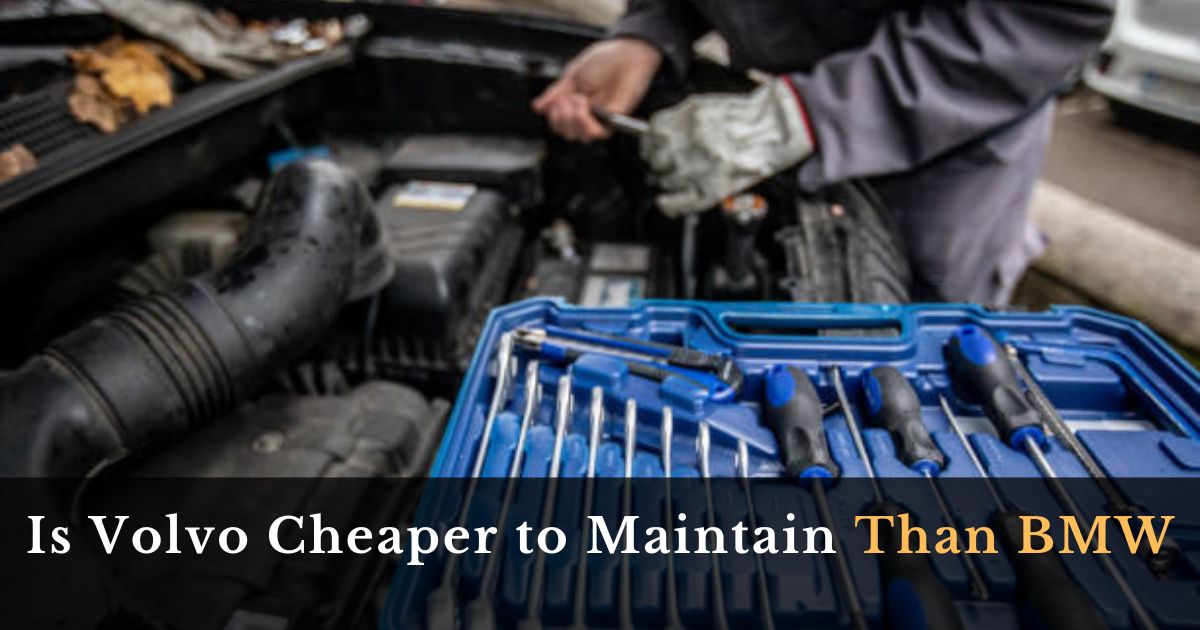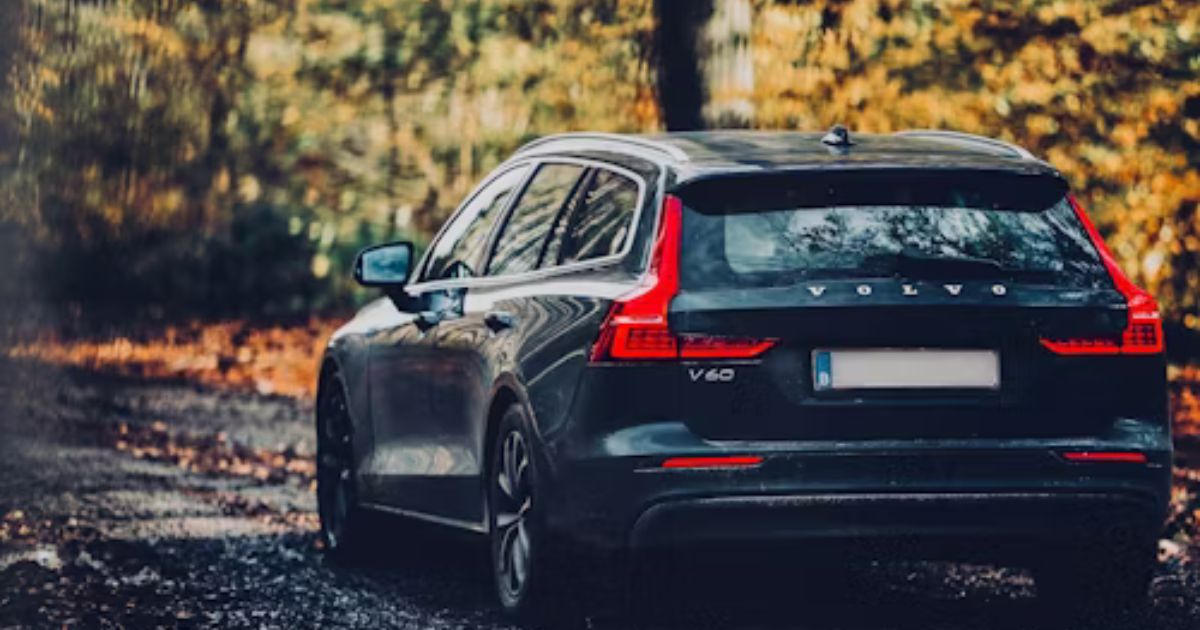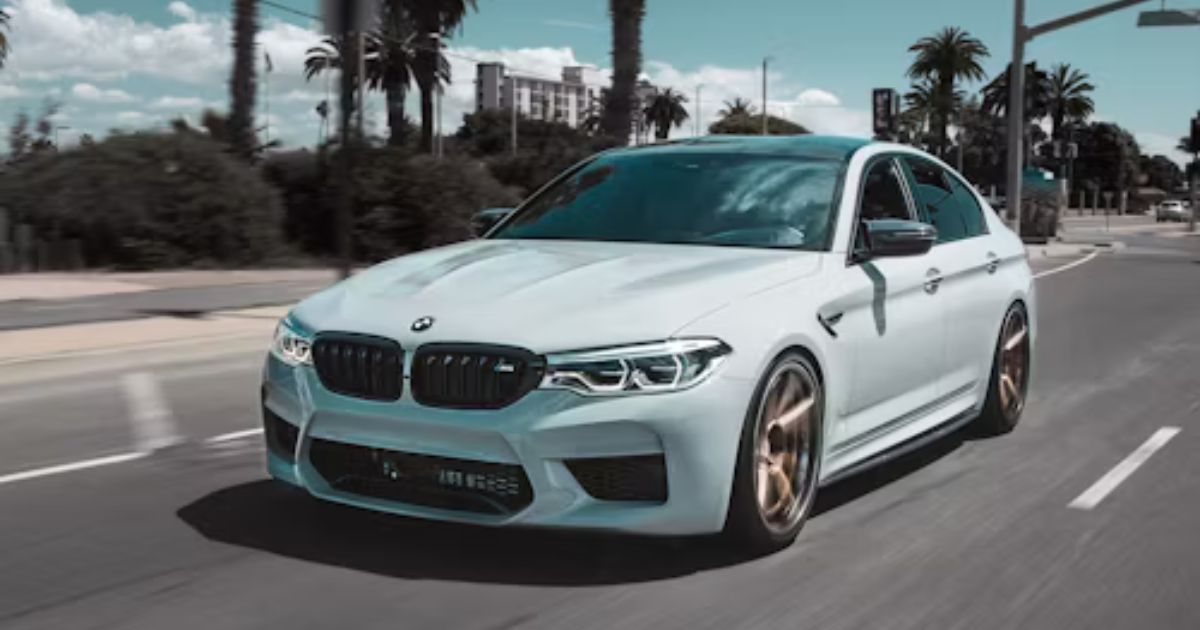Is Volvo cheaper to maintain than BMW, When buying a new car, it’s important to think about how much it will cost to keep it running. If you’re trying to decide between a Volvo and a BMW, you might wonder which one is cheaper to maintain. This article explains the maintenance costs of Volvo and BMW, helping you choose the good option.
Is Volvo Cheaper to Maintain Than BMW?
When choosing a luxury car, one of the most important factors to consider is the cost of maintenance. Luxury cars often come with higher maintenance costs due to their advanced technology and high-quality materials. Two popular brands in the luxury segment are Volvo and BMW. But which of these two is cheaper to maintain? Let’s dive into a detailed comparison to help you decide.
Understanding Maintenance Costs
Maintenance costs encompass a variety of expenses, including routine services, repairs, parts, and labor. These costs can vary significantly based on the make and model of the car, its age, and how well it has been maintained.
Volvo: A Reputation for Durability
Volvo is known for building reliable and safe vehicles. The brand has a strong reputation for longevity, with many Volvos lasting well over 200,000 miles with proper care.
Routine Maintenance: Routine services for a Volvo, such as oil changes, tire rotations, and brake inspections, are typically less expensive compared to luxury brands like BMW. Volvo uses more standard parts, which are generally cheaper and easier to find.
Parts and Repairs: Volvos are built with durability in mind. However, if something does go wrong, parts for Volvos are often more affordable than those for BMWs. Common parts like brake pads, filters, and belts are reasonably priced. Additionally, Volvo vehicles are easier to work on for many mechanics, potentially lowering labor costs.
Advanced Technology: Modern Volvos come equipped with advanced safety and technology features. While these systems enhance driving experience and safety, they can increase maintenance costs if repairs are needed. However, these systems are designed to be robust and reliable, meaning they don’t often require extensive maintenance.
BMW: The Ultimate Driving Machine
BMW is synonymous with performance and luxury. The brand offers a thrilling driving experience, but this comes with higher maintenance costs.
Routine Maintenance: Routine services for a BMW are generally more expensive than for a Volvo. BMW recommends specific premium oils and parts that are more costly. Additionally, BMWs often require more frequent servicing to maintain their high performance.
Parts and Repairs: BMW parts are generally more expensive than Volvo parts. This is due to the brand’s emphasis on high performance and luxury. BMWs use specialized components that often need to be sourced directly from the manufacturer, which can drive up costs. Repairs can also be more complex, requiring specialized knowledge and tools, which increases labor costs.
Advanced Technology: BMWs are packed with advanced technology and performance features. While these features contribute to the brand’s luxury and performance, they can also lead to higher maintenance costs. The complexity of BMW’s systems often means that repairs are more time-consuming and expensive.
Comparing Long-Term Costs
When comparing long-term maintenance costs, several factors come into play, including the frequency of repairs, the cost of parts, and the price of labor.
Reliability: Generally, Volvos are known for their reliability and longevity. They tend to require fewer major repairs over time compared to BMWs. This can result in lower overall maintenance costs for Volvo owners.
Frequency of Repairs: BMWs, while high-performing, often require more frequent repairs and maintenance. This can add up over the years, making BMWs more expensive to maintain in the long run.
Cost of Parts: As mentioned, BMW parts are typically more expensive. This includes everything from brake pads to more complex components like transmission parts. Volvos, on the other hand, use more standard parts that are widely available and cheaper.
Labor Costs: Labor costs can also be a significant factor. Because BMWs often require specialized knowledge and tools, labor costs for repairs and maintenance are generally higher compared to Volvos. Many mechanics are familiar with Volvo’s more straightforward engineering, which can lead to quicker and cheaper repairs.
Total Cost of Ownership
The total cost of ownership (TCO) includes not just the purchase price and fuel costs, but also maintenance and repairs over the life of the vehicle.
Volvo TCO: Volvos tend to have a lower TCO due to their reliability and cheaper maintenance. Owners can expect fewer trips to the mechanic and lower costs for parts and labor. This makes Volvo a more economical choice for those looking to minimize long-term expenses.
BMW TCO: BMWs, with their higher performance and luxury status, come with a higher TCO. The frequent need for maintenance and the high cost of parts and labor contribute to this. While BMW offers an exhilarating driving experience, it does come at a premium.
| Feature | Volvo | BMW |
| Maintenance Cost | Generally Less Expensive |
Generally More Expensive
|
| Reasoning | Parts and labor tend to be slightly lower for Volvo |
More complex engineering and potentially higher parts cost
|
| Model Example (Sedan) | S60 | 3 Series |
| Price Range (Sedan) | ~$40,000 – $60,000+ |
~$40,000 – $60,000+
|
| Model Example (SUV) | XC60 | X3 |
| Price Range (SUV) | ~$45,000 – $70,000+ |
~$45,000 – $70,000+
|
Tips for Reducing Maintenance Costs
Regular Maintenance: Adhere to the manufacturer’s recommended maintenance schedule to avoid costly repairs.
Extended Warranties: Consider purchasing extended warranties to cover potential repairs after the initial warranty period.
DIY Maintenance: Learn basic maintenance tasks like oil changes and air filter replacements to save on labor costs.
Shop Around: Compare prices for parts and labor at different service centers to find the good deals.
When comparing Volvo and BMW, it’s clear that Volvo tends to be cheaper to maintain. The brand’s reputation for reliability, coupled with lower parts and labor costs, makes it a more economical choice for those looking to minimize maintenance expenses. BMW, while offering superior performance and luxury, comes with higher maintenance costs due to specialized parts and frequent servicing needs.





